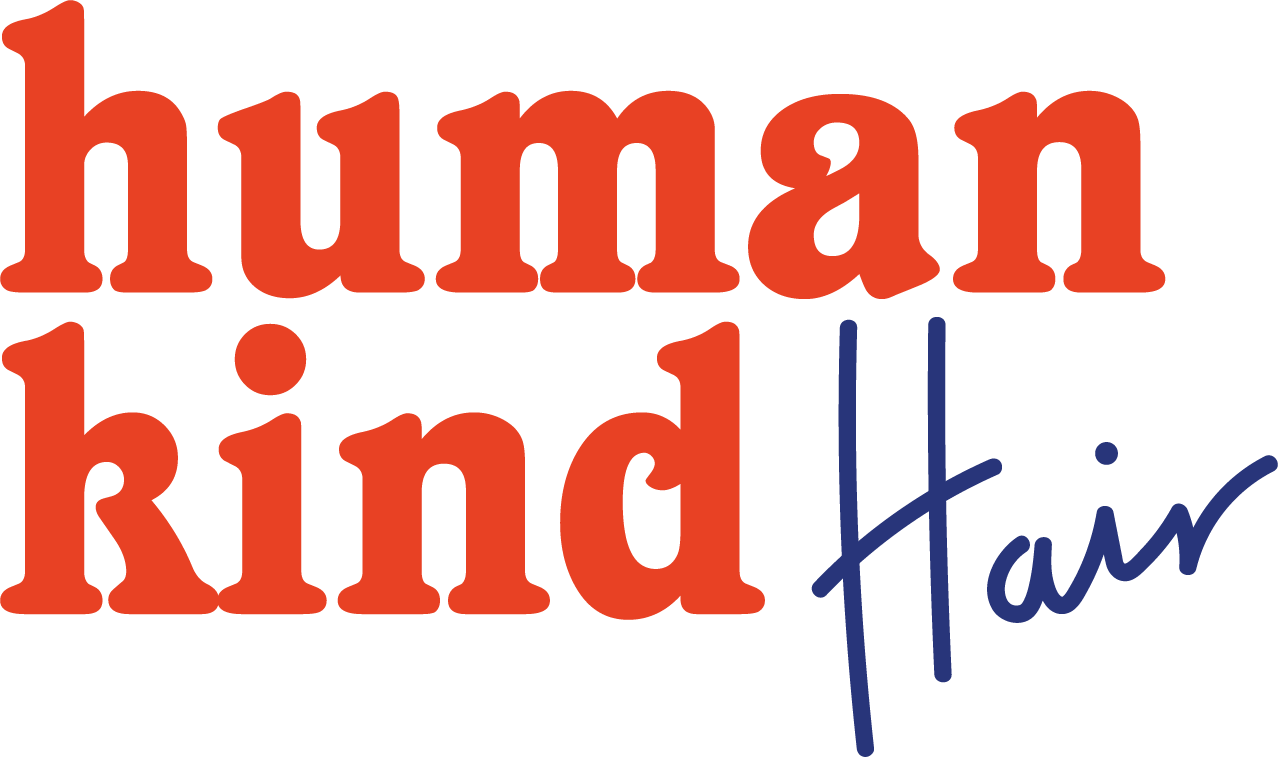‘Hydrating’ conditioners are not really hydrating your hair.
OK, we know no one is going to believe this, but here goes.
Time to dispel one of the biggest myths in the hair care industry.
All these products claiming to ‘hydrate’ our hair… yeah they’re not really doing that. At least not in the way that we maybe think.
What actually is hydration?
The thing that hydrates our hair is water. Now there are mixed opinions about whether lots of water in our hair is a good thing (cue the many products) or whether it’s a bad thing (cue the hygral fatigue preachers - don’t freak out, we’ll cover the truth about this in another post).
Essentially it’s about striking a balance.
Not enough water in the hair leads to brittle, dry and often staticky hair, however too much water in the hair makes hair really soft, flexible, stretchy and weaker.
Picture a bunch of hard, uncooked spaghetti. It’s strong, with little flexibility, but put too much pressure on it and it snaps. Now cook that spaghetti up, in fact overcook it, and try again. It’s soft, bendy, easier to stretch, but doesn’t have the strength it did when dry. It may even fall apart if you pull it too hard.
Not convinced?
Think about when we do our elasticity tests.
We do them on wet hair because the hair is more stretchy, however, it’s also easier to break.
Too much water in the hair makes it more prone to breakage.
Now when it comes to curly and coiled hair, we’re always told that it’s DESPERATE for hydration.
Really, what it needs is conditioning agents.
Conditioning the hair is very different to hydrating the hair because hydrating the hair is, as we said, getting it wet. Conditioning on the other hand is about replacing a natural oily layer that sits on the surface of our cuticles called the ‘F layer’.
The F layer is always there naturally but it often gets removed due to damage and friction. Replacing this layer is especially important to curly and coiled hair because these hair types are more prone to entanglement, due to the natural shape of the strands. Whilst this is not a bad thing, it can lead to extra friction and breakage, so having this oily layer helps to minimise that.
Ingredients you might see in your conditioning products which replace this F layer will be things like cetyl alcohol, stearyl alcohol and of course our old pal silicones.
Conditioning and smoothing the surface of the hair makes it feel more hydrated because hair when it’s wet, feels smooth and slippery to the touch.
We automatically associate smooth and softness with being hydrated.
The funny thing about this is that hair when it’s wet, is actually slightly swollen and, on a microscopic level, rougher and bumpier!
In summary…
Yes, all hair needs hydration. This includes curly hair. However, whatever its shape, it doesn’t necessarily need it in the way that lots of product companies have positioned it to us.
Essentially, their products are not hydrating the hair, they are conditioning it - usually the surface - in various ways.
We’ll talk more about humectants, hygral fatigue and more in the next post…




